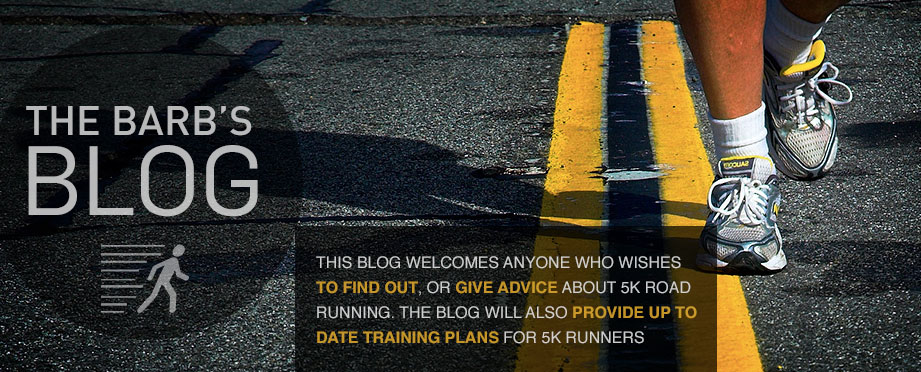GS works by allowing an athlete to set a long term goal,
which should be worked towards over 3 to 5 year. An
example of this would be running under 17 minutes in a 5k race, or to place in
the top 10 of a specific event.
To help the athlete achieve their long term goal they will
set small term goals, such as taking 20 seconds off of their 5k time in 3
months, or to qualify in a specific event at the end of the year. By setting
small term goals an athlete’s stress will be reduced as the focus on
achievements will be spread over time and not built up on the result of just
once occasion.
By GS an athlete will notice and take pride in their
achievements, understand their abilities and raise their self-confidence. When GS
the saying is that the athlete should set them SMART. By this we mean they should be Specific, Measurable,
Achievable, Relevant and Timely.
As a basic rule goals such as winning a race, where factors
other than the athlete’s ability will affect the outcome increase stress and
are less reliable measuring tool. Ability specific goals such as reducing a 5k race
time by 20 seconds are easier for the athlete to control therefore cause less
stress and are easier to measure.




